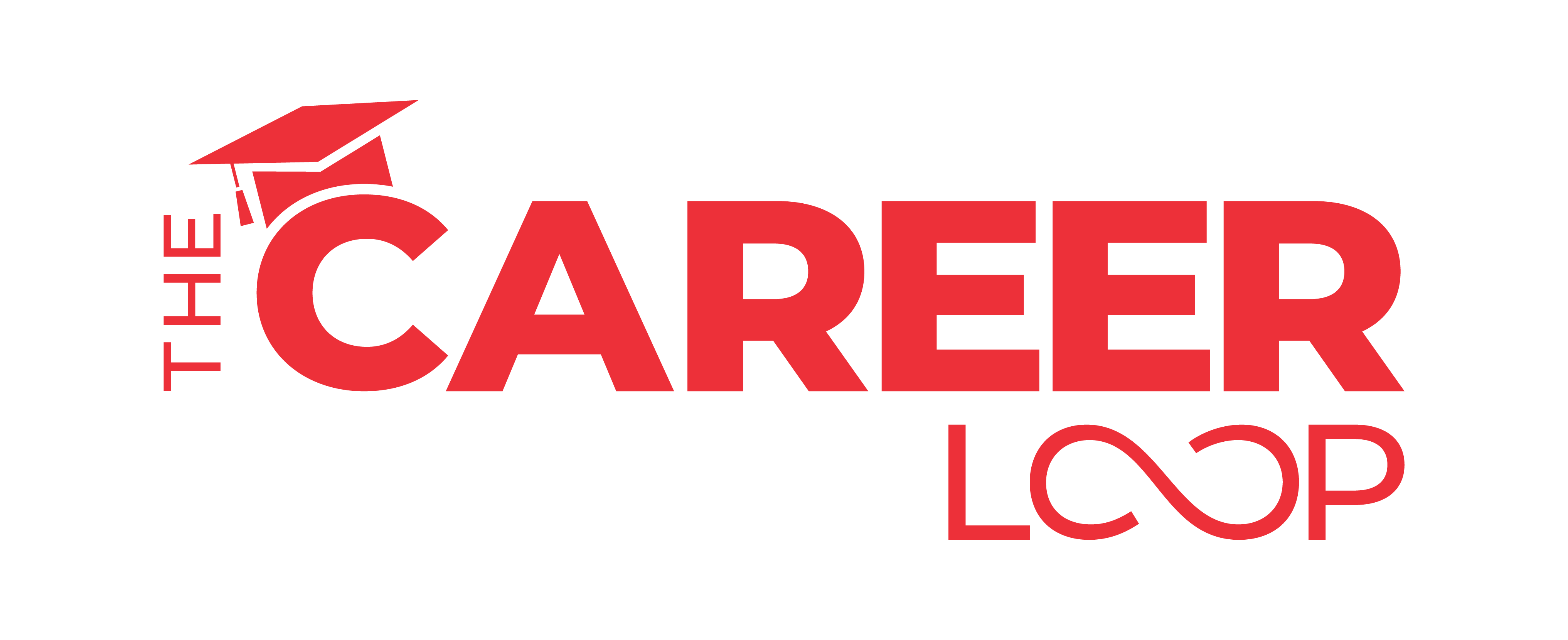The cover letter serves as your introduction to tell your story and make an impression. Highlight your key qualifications, express enthusiasm for the role, and explain why you are a fit for the company. A strong cover letter can make the difference between getting an interview or being overlooked, making it a crucial step in the job application process.
So, how can you master the art of writing a compelling cover letter to secure an interview and move closer to your career goals?
Understand the Purpose of a Cover Letter
A cover letter is your chance to connect with human resources, hiring managers or people reviewing applications on a personal level. It allows you to explain how your skills and experiences align with the specific needs of the job. Most importantly, it gives you the opportunity to showcase your personality and demonstrate how you could fit into the company’s culture.
Think of the cover letter as your personal pitch. A way to go beyond your resume and show why you should be hired.
Capture Attention with A Personalized Greeting and Opening
The opening lines of your cover letter should immediately capture attention. Avoid generic greetings like “To Whom It May Concern.” Instead, research the name of the hiring manager or recruiter whenever possible. A personalized greeting shows effort and attention to detail, which will help you stand out.
Examples:
- Dear Ms. Johnson,
- Dear Hiring Manager at [Company Name],
In your opening paragraph, express enthusiasm for the role and briefly summarize why you are excited about this opportunity. Mention the position title and how you learned about it, especially if it was through a referral or networking connection.
Example:
“I am excited to apply for the Marketing Specialist position at XYZ Company. As someone passionate about creating impactful campaigns that drive results, I am eager to contribute my skills to a team known for its innovation.”
Highlight Your Qualifications
The body of your cover letter is where you connect your experience to the job requirements. Rather than repeating what is on your resume, focus on key achievements that demonstrate how you meet or exceed the qualifications listed in the job description. Use specific examples to illustrate your impact in previous roles.
Tips for Showcasing Your Qualifications:
- Reference accomplishments that align directly with the role (for example, “In my previous role as a Sales Associate, I exceeded quarterly sales targets by twenty five percent”).
- Use numbers or metrics where possible to quantify success (for example, “Managed a budget of fifty thousand dollars while increasing event attendance by twenty percent”).
- Emphasize transferable skills that are relevant even if you are transitioning into a new industry or role.
Align Your Goals with the Company’s Mission
Employers want candidates who not only have the right skills but also share their values and vision. Show that you have done your homework by referencing something specific about the company, such as its mission, recent projects, or workplace culture. Why does it matter to you?
Example:
“I admire XYZ Company’s commitment to sustainability and innovation in product design. Having led eco-friendly initiatives in my previous roles, I am eager to bring my expertise in sustainable practices to contribute meaningfully to your team.”
This approach demonstrates genuine interest in both the role and the organization while positioning yourself as someone who fits seamlessly into their culture.
End with Enthusiasm and Next Steps
Your closing paragraph should leave no doubt about your interest in the position while encouraging action from the hiring manager. Summarize why you are excited about joining their team and suggest next steps such as scheduling an interview or discussing how you can contribute further.
Example:
“Thank you for considering my application. I would welcome the opportunity to discuss how my skills in project management and creative problem-solving can contribute to XYZ Company’s continued success. I look forward to hearing from you.”
End with a professional sign-off such as:
- Sincerely
- Best regards
- Respectfully
Keep It Concise and Focused
A strong cover letter is concise, ideally one page, and focused on what matters most to the employer. Avoid rambling or including irrelevant details that do not add value to your application. Every sentence should serve a purpose: either showcasing your qualifications or demonstrating enthusiasm for the role.
- Stick to three or four paragraphs.
- Highlight one or two key achievements rather than listing everything.
- Tailor each cover letter specifically to the job description.
Common Mistakes To Avoid
While crafting a cover letter, it is easy to make mistakes that can weaken its impact. Avoid the following:
- Being too generic: Avoid vague statements like “I am a hard worker.” Instead, provide specific examples of how you have demonstrated those qualities.
- Overloading with buzzwords: Terms like “team player” or “results-driven” are fine but should be backed up with evidence.
- Repeating the same information: Use this space to expand on accomplishments rather than repeating bullet points word for word
- Neglecting proofreading: Typos or grammatical errors can leave a negative impression.
Take Action on Personalizing Your Cover Letter
A one-size-fits-all approach does not work when it comes to cover letters. Tailoring each one shows that you have put thought into how your skills align with each specific role.
- Highlight keywords from the job posting.
- Address specific challenges or goals mentioned by the company.
- Reference recent news about their industry or organization if relevant.
Move Forward with Confidence
A well-crafted cover letter can be what sets you apart in today’s competitive job market. This is your time to tell a story that connects who you are with what the employer needs.
By personalizing each letter, showcasing relevant achievements, and demonstrating genuine enthusiasm for both the role and company, you will increase your chances of standing out to land that interview.
Take action today by drafting a cover letter tailored specifically for one role on your list. With practice and attention to detail, each letter will bring you closer to achieving your career goals!


















